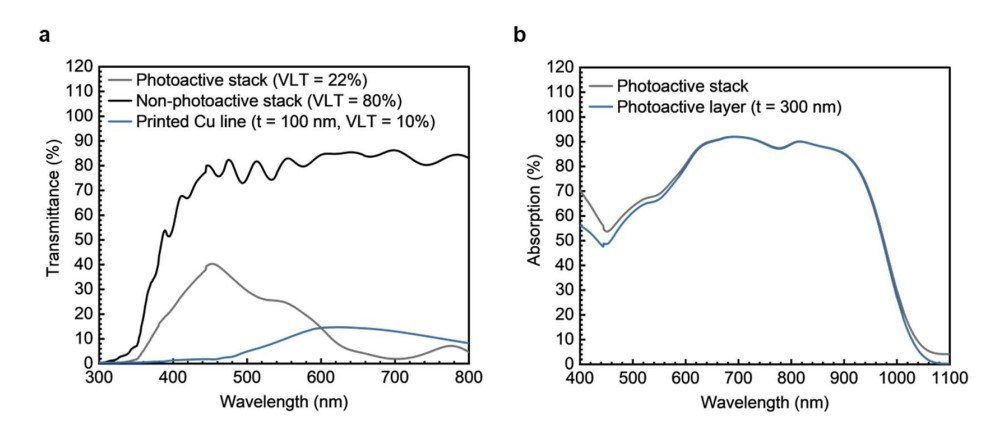A touchless user interface based on a near-infrared-sensitive transparent optical imager
Kamijo, T., van Breemen, A.J.J.M., Ma, X. et al. A touchless user interface based on a near-infrared-sensitive transparent optical imager. Nat Electron (2023).
https://doi.org/10.1038/s41928-023-00970-8
Researchers have developed a touchless user interface based on a visually transparent near-infrared-sensitive organic photodetector (OPD) array. The touchless interface can be used on top of a display, eliminating the need for physical contact.
The OPD array is designed with optical transparency in mind, using printed copper grids and patterned organic photodetector subpixels. The design optimization results in a high photodetectivity of 10^12 Jones at 850 nm and a visible-light transmittance of 70%.
The touchless user interface can be used with a penlight or through gesture recognition, providing a hygienic and convenient alternative to traditional touch screens. The technology has potential applications in automated teller machines (ATMs), ticket vending machines, and kiosks, where hygiene is a concern. It is a scalable and flexible solution that can be integrated into a variety of display applications without size limitations or calibration requirements. 2D FEM simulations for the surface potential and the current density distributions derived from the printed Cu grid structure .
How Fluxim’s Research Tools were used
Setfos
Numerical electro-optical simulations for the photogenerated J–V curves of our NIR-sensitive OPDs were performed by using Setfos.
The VLT of the parallel OPD subpixel array was calculated by the summation of the simulated optical transmittance for each component using Setfos
Laoss
2D FEM simulations for the surface potential and the current density distributions derived from the printed Cu grid structure for our NIR-sensitive OPDs were performed by Laoss 4.0

